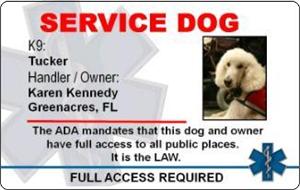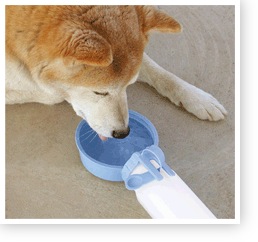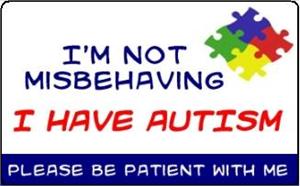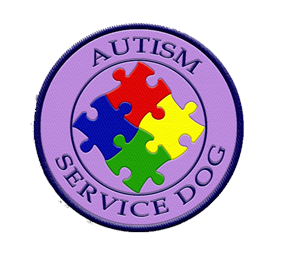
By Rick Maze - Staff writer
Disabled veterans with sight, hearing and mobility limitations who might benefit from having a service dog at their side are being encouraged by a major veterans service organization to apply for government reimbursement of some dog-related expenses.
While veterans will need help from a Veterans Affairs Department caseworker to complete the form to request a service-dog benefit, VA officials are promising to respond to every request within 10 days of receipt, said Christina Roof, national deputy legislative director of AmVets' a group with more than two decades of experience with service dog policies.
"If you were ever turned down for a service dog or if you filed a request before February and haven't heard anything, you should apply or reapply," Roof said, because new guidelines make it easier to qualify.
Veterans will need help from a VA caseworker because the form to request the benefit is an internal document that can only be used by an employee, Roof said. It's not even available to veterans service officers who often help with disability and compensation claims, she said. A form sample is available at the AmVets' website.
Service dogs, which are different from guide dogs, are helpful for people with sight, hearing or physical disabilities that make it difficult to do everyday tasks. A service dog might be appropriate, for example, for someone with spinal cord injuries, severe brain injuries, diseases of the joints or other mobility issues because they need help with balance or motion, Roof said.
"Dogs can be a very cost-effective way of helping someone who might otherwise need fulltime assistance, and can relieve a burden on the family of a disabled veteran," she said. "Dogs are a really good way to give back independence to some of these guys."
The VA is studying an expansion of service dog benefits that includes veterans with post-traumatic stress disorder, but this benefit is not yet available, Roof said.
If a veteran is approved for the service dog benefit, the VA does not pay for the dog and does not cover the cost of dog food, but it will cover expenses like veterinary bills, vaccinations, flea and tick treatments, Roof said. VA policy may, in some case, allow for payment of dog food if a dog is on a medically ordered diet.
"The money may not be a lot, $1,000 to $3,000 a year is probably the cost of taking care of a dog for the year, but for some veterans every penny counts," she said.
In most cases, a disabled veteran does not pay for a service dog or training for the dog, Roof said. Nonprofit groups usually cover those costs. A veteran approved for a service dog benefit will receive referrals from the VA to approved non-profit groups, she said.
"It probably will not shock you that there are people and groups out there trying to make money off disabled veterans, so veterans need to be careful," Roof said.
AmVets has a long-term relationship with Paws With A Cause, a Michigan-based group founded in 1979 to train guide dogs for the blind that provides trained dogs at no cost to disabled veterans.















.jpg)












